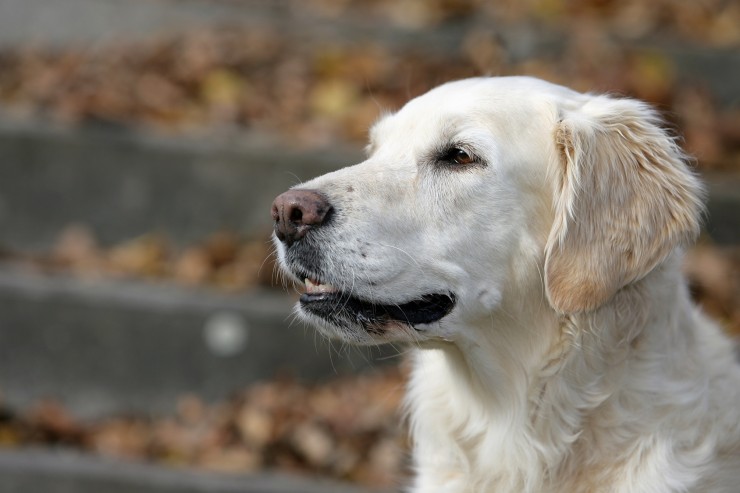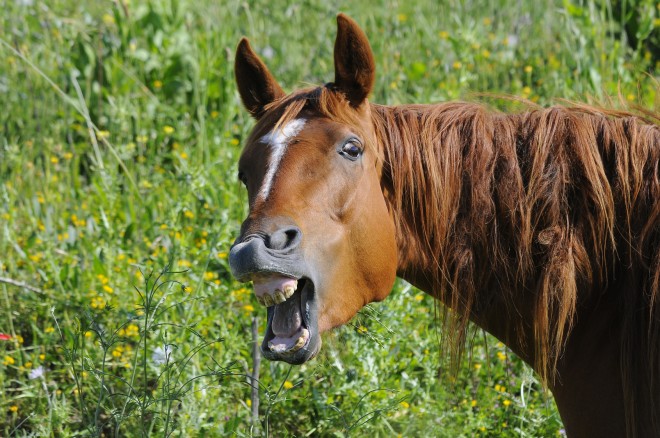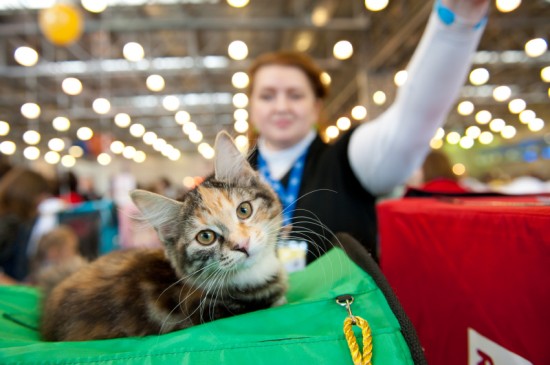Russian psychologist, Ivan Pavlov, discovered Classical, or in the terminology of behavior analysis respondent conditioning, in 1920s. It seems that classical conditioning was discovered by chance. Pavlov was investigating dog磗 digestion when he noticed that the most experienced dogs that he had been testing began to salivate before the samples of food were presented to them. He started to investigate this systematically. Throughout Pavlov磗 experiment, dogs were exposed to a wide variety of arbitrary stimuli (example bell and light) presented contiguously with food. Pavlov has a special laboratory constructed in which the experimenter and a dog were separated from each other in soundproof rooms. Discovery was that conditioned stimulus (bell) began to trigger the same reactioning (salivate) in dogs that unconditioned stimulus (food) did. The associative bond between the conditioned stimulus (CS) and the unconditioned stimulus (US) is strengthened when the CS consistently occurs just before the representation of the US and is weakened when the CS and US occur independently of each other. So classical conditioning is unintentional and subconscious reaction to a certain stimuli.
It is important to understand how classical conditioning works and hopefully a few everyday examples will do that. Most dogs respond readily to sound of doorbell ringing and after several repetitions, in which the bell signals the arrival of someone at the door, the dog may begin to example bark. The dog has learned to correlate a previously insignificant event (doorbell) with a significant on (visitor) and now when the doorbell rings the dog dances with excitement anticipating the visitor磗 entry and greetings. But what starts to happen if dogs owner doesnt open the door when doorbell rings? After several sessions of nonreinforced exposures to the bell, the dog will gradually inhibit its anticipatory reactions and finally ignore the sound altogether. We can say that the conditioned effect has been extinguished.
Classical conditioning has also an important role in the development of anxiety and fears. For instance, dogs easily develope fears associated with the veterinary clinic, especially if they have undergone painful procedures there. It may help to prevent negative associations to the veterinary clinic when we provide dogs or puppies treats and other pleasurable experiences while being examined. But what if dog doesnt eat in that situation? Its probably too stressed (or not hungry) and you have to start giving food to the dog earlier (example in the hospital parking lot). Lifelong phobic reactions can also occur as the result of a single traumatic event and dogs suffer a broad spectrum of phobic fears, most of which are established and reversed through classical conditioning.
But does Pavlov have anything really good information for us to use in dog training? You may have heard about clicker training. When we examine clicker training through classical conditioning, clicker is conditioned stimulus (CS) and food (or some else reinforcement) is unconditioned stimulus (US). Clicker is a mechanical device that makes a short, distinct "click" sound which tells the animal exactly when they're doing the right thing and its combined with positive reinforcement. You can also use something else than clicker, example light, whistle or some other sound. Other important information of Pavlovian conditioning is counterconditioning. It plays avital role in the learning and unlearning of emotional reactions. So in dog training, resolving fears and other problems (example phobias, separation anxiety and aggressiviness), classical conditioning may be required. Classically conditioned responses are largely autonomous and independent of central control, unlike instrumental behavior. Dogs dont choose to feel fearful or anxious. To be controlled, an aversive emotion like anger or fear, must be countered by the elicitation of an ever stronger and incompatible emotional response.

 Smoking Around Your Dog Can Lead To Canine Lung Cancer
Smoking Around Your Dog Can Lead To Canine Lung Cancer
 Getting Help With Veterinary Treatment When You Can’t Afford It
Getting Help With Veterinary Treatment When You Can’t Afford It
 5 Great Things To Do With Your Dog This Autumn
5 Great Things To Do With Your Dog This Autumn
 Can Copper Dog Collars Help To Ease Canine Arthritis?
Can Copper Dog Collars Help To Ease Canine Arthritis?
 Did You Know That Kennel Cough Affects Cats Too? Feline Bordetellosis
Did You Know That Kennel Cough Affects Cats Too? Feline Bordetellosis
 Tarantula Health And Wellness
Tarantula Health And Wellness
 What Is Eotrh And How Does It Affect Horses
What Is Eotrh And
What Is Eotrh And How Does It Affect Horses
What Is Eotrh And
 The Supreme Cat Show
The Supreme Cat S
The Supreme Cat Show
The Supreme Cat S
 A Beginners Guide To Adopting A Dog
A Beginners Guide
A Beginners Guide To Adopting A Dog
A Beginners Guide
 Some Frequently Asked Questions About The Bullmastiff Dog Breed
Some Frequently A
Some Frequently Asked Questions About The Bullmastiff Dog Breed
Some Frequently A
 Have You Thought About Your Dog Donating Blood?
Have You Thought
Have You Thought About Your Dog Donating Blood?
Have You Thought